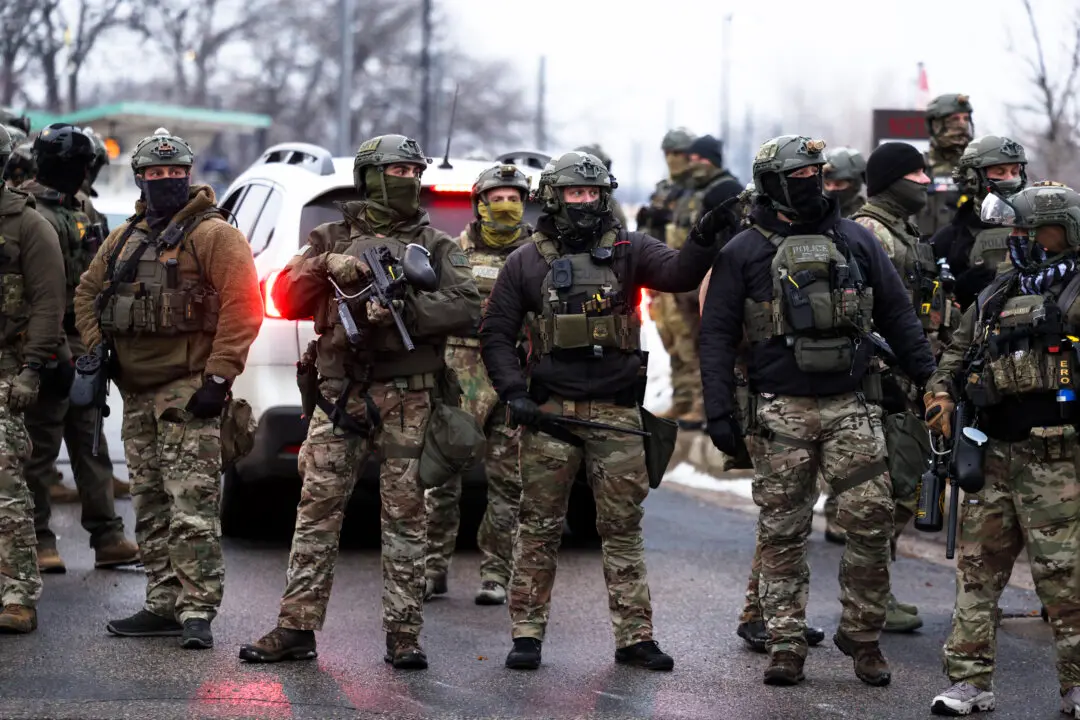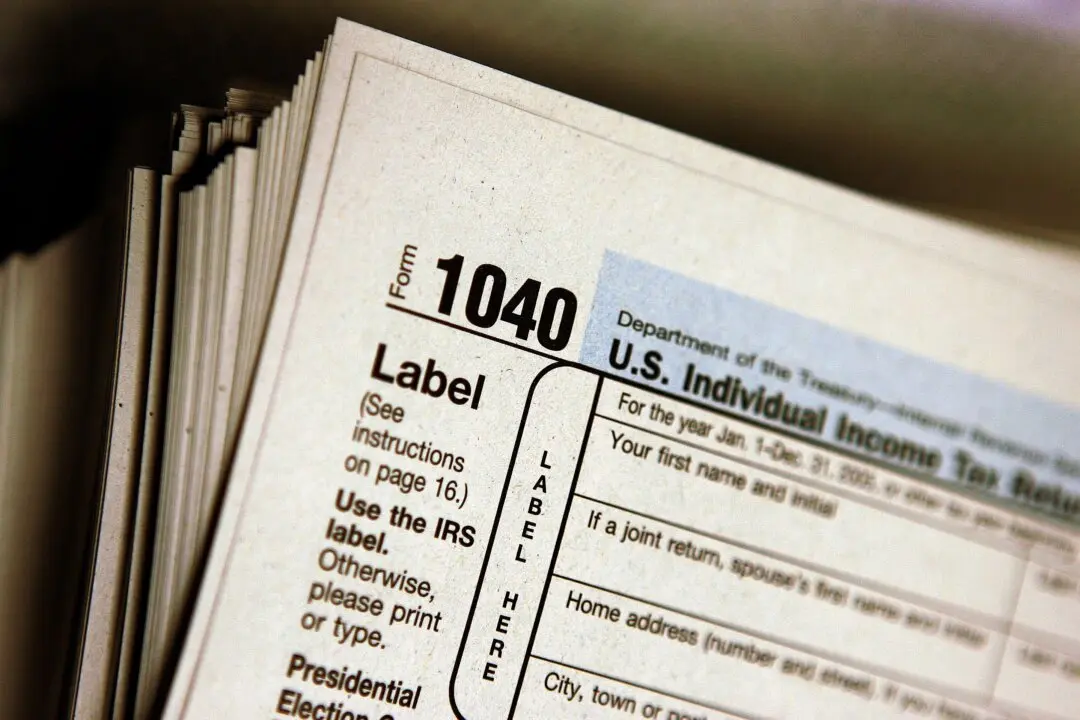A proposed new fire hazard map from the California Department of Forestry and Fire Protection (Cal Fire) could soon designate more of the state’s rural and unincorporated areas as “very high” fire hazard severity zones—a nearly 15-percent increase since when the map was last updated in 2007.
The growing fire hazard areas show how much more the state has become susceptible to severe fires in the past 15 years.





